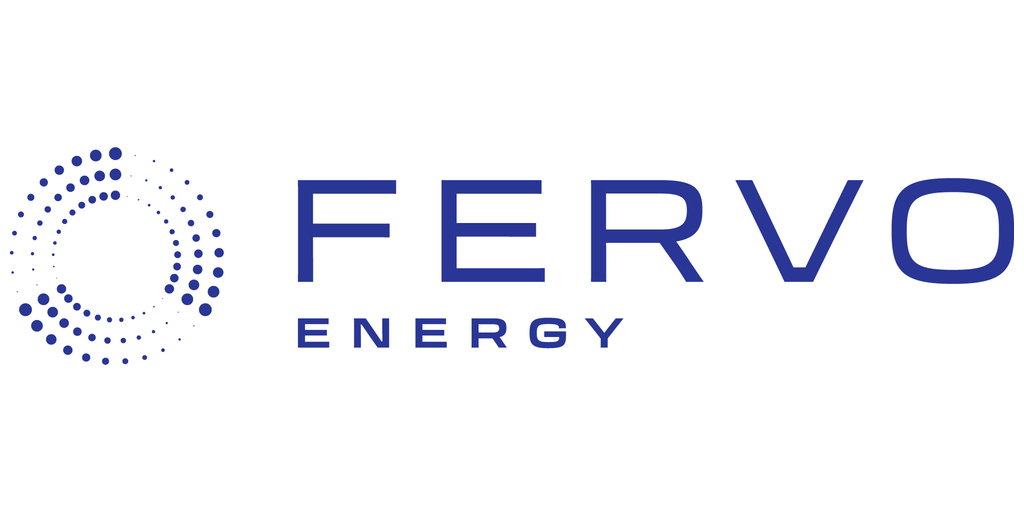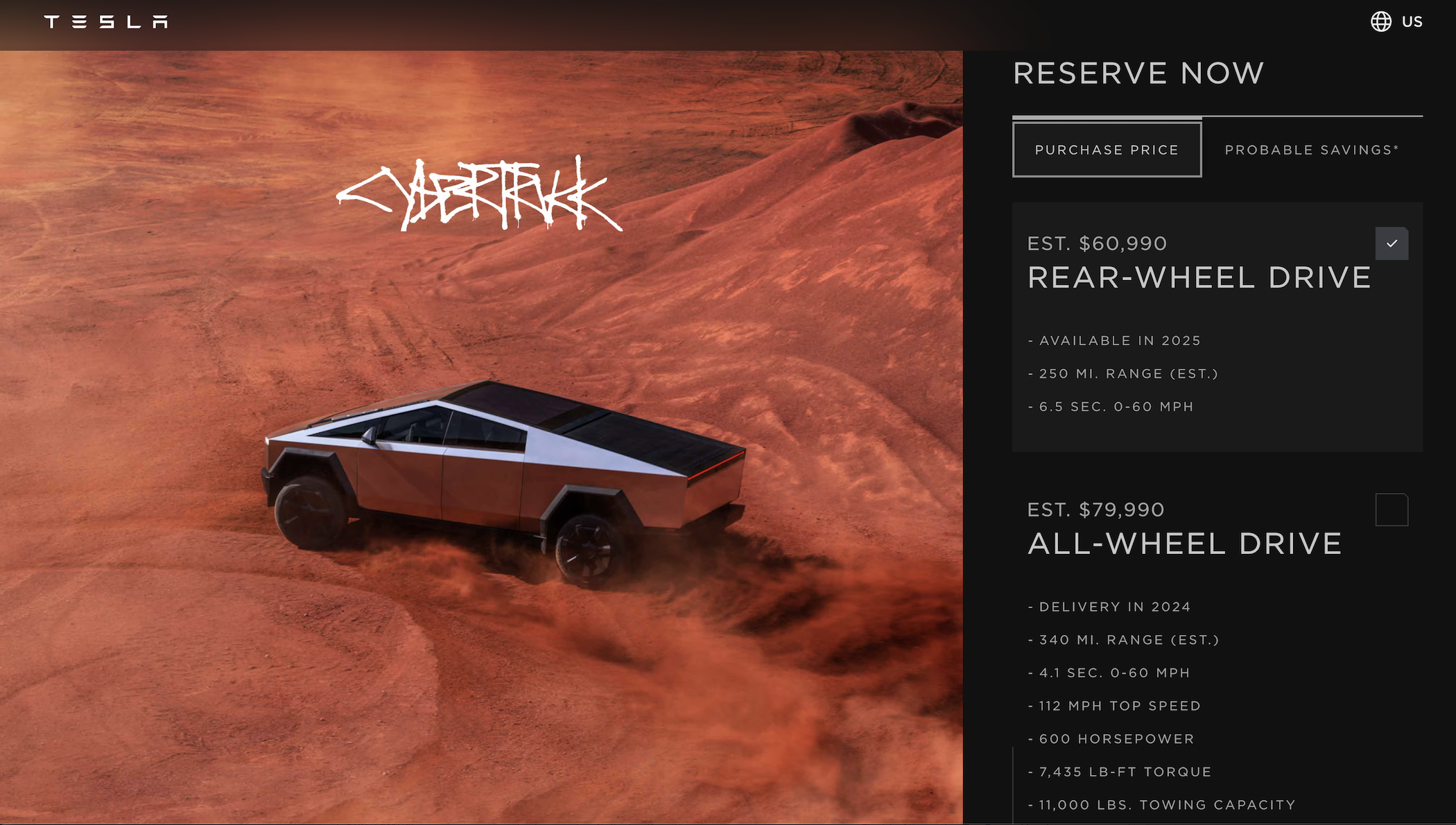
An assessment of trends in the mining sector during 2023 reveals an industry grappling with rising supply costs and changing demand as the world shifts away from coal and towards renewable energies.
Inflation is driving up the prices of core products and services, in particular fuel and power, as well as maintenance and explosives. Meanwhile, metals used in batteries are a growing market and the net-zero energy transition is bringing with it new technologies and sustainability expectations.
M&A deal trends
According to GlobalData analytics, there were a total of 511 asset transactions in the mining sector between 1 January 2023 and 15 December 2023, with a value totaling $29,393m. Of these, 305 were acquisitions, worth $70,931m in total, and 12 were mergers, worth $565m.
On the trends visible within the 2023 deals, David Kurtz, Director of Mining and Construction at GlobalData, says: “On mining M&A we’re seeing an increasing shift towards transition metals and battery commodities. Looking at announced M&A, we can see a roughly 40% increase in deals across lithium, cobalt and nickel this year compared to 2022, and it’s about four times higher compared to 2019, in both value and volume terms, as companies focus their investments on these battery metals as well as other future-facing commodities.”
Indicative of these changing priorities in the industry, the highest value deal in the sector in 2023 was Coolabah Metal’s acquisition of full ownership of the Cannington Project in Australia. Coolabah Metal is an Australia-based minerals exploration company which identifies, acquires and develops copper, gold and base metal assets; it acquired the project from Thomson Resources on 15 March for $19,994.7m.
GlobalData analysis also indicates that gold saw the most deals by sector in 2023, with 235 deals. It was followed by copper, which saw 163, silver with 67, nickel with 53, and coal with 50.
Access the most comprehensive Company Profiles on the market, powered by GlobalData. Save hours of research. Gain competitive edge.

Your download email will arrive shortly
We are confident about the unique quality of our Company Profiles. However, we want you to make the most beneficial decision for your business, so we offer a free sample that you can download by submitting the below form
By GlobalData
Share performance
2023 saw a general decline in stock prices, as the prices of base metals followed a mostly downward trajectory over the year. This is a result of lower demand from China’s heavy industry and real estate sectors, which have suffered the impacts of an economy hit by youth unemployment, and slow growth post-Covid.
In its recent report, the World Bank noted that metal prices fell 2% in Q3 2023, compared to Q2, following an overall downward trend. It expects an overall decline of 12% over the course of the year, and anticipates that this decline will continue into 2024, due to continued slowing demand from Chinese markets.
However, demand for minerals needed for battery production – such as lithium, copper and nickel – will continue to increase. The World Bank says: “In the short-term, they have followed the downward trend in base metals prices… [However,] firming global growth, along with policies to expand renewable energy infrastructure, are expected to underpin a rebound in metal and mineral prices in 2025. Global investment in clean energy infrastructure has grown by almost 28%between 2021 and 2023 and continues to rise rapidly, propelling a demand surge for copper, lithium, and nickel.”
Artificial Intelligence
The launch of ChatGPT in November 2022 thrust Artificial Intelligence (AI) into the limelight for almost all sectors this year. In mining, AI received a consistently high number of mentions across company filings throughout the year.
Early examples of AI are already disrupting the mining industry: a GlobalData report noted the use of AI in resource expansion by SensOre, an Australian mineral resource company. The company has used AI and machine learning technologies on its giant Western Australia multidimensional data cube to identify lithium-rich pegmatite signatures during early field reconnaissance.
GlobalData also noted AI use by Benchmark Metals Inc, a Canadian provider of mineral resource exploration. The company has initiated an AI-guided, 20,000-metr drilling program to define high-grade gold and silver zones at Cliff Creek and Duke’s Ridge in British Columbia, Canada.
AI is still in its infancy in mining, but the industry has high expectations. A recent GlobalData poll found that that 53% of respondents expect AI to live up to its promises, while only 6% considered it “all hype and no substance”.
Hiring trends
The mining sector has seen a decline in active roles across 2023, in a downward trend driven by the steady phasing out of coal.
In particular, there was drop in active roles across Australia’s mining sector. The sector supported 4,007 jobs in June 2023, but had seen a 38.8% decrease in positions by November, when only 2,452 roles were active. This saw Germany overtake Australia in September, with 2,852 roles; Canada overtook it with 2,671 in September.
However, some parts of the industry saw a growth in jobs. The global mining supply chain grew from 6,085 jobs in January 2023 to 7,121 by June 2023. Environment-related jobs also grew, from 7,610 in January to 9,606 in June.
Within the supply chain, the highest number of active roles were for logisticians and project management specialists, followed by buyers and purchasing agents. Trends within the supply chain were likely driven by difficulties sourcing products and services; a recent survey found that 41% of respondents agreed that difficulties had motivated them to seek out more new suppliers in 2023 than in the past, and 27% strongly agreed.
Meanwhile, in the environment department, maintenance and repair workers had the most active roles, followed by electrical and electronics engineers. The aforementioned survey confirmed this trend in the data, finding that 83% of respondents had looked for (an) alternative supplier(s) in maintenance and repair in 2023, compared to 70% in 2022.
Sign up for our daily news round-up!
Give your business an edge with our leading industry insights.



